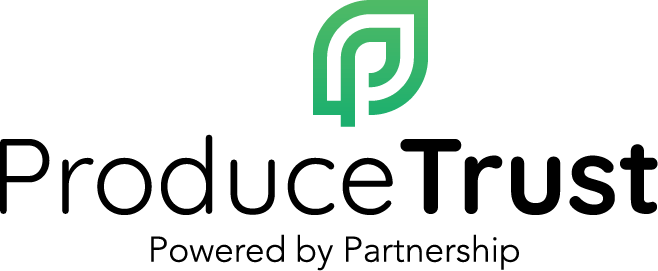Key Points for Employers on EEOC's Latest Harassment Guidance
The Equal Employment Opportunity Commission (EEOC) has released its first comprehensive Enforcement Guidance on Harassment in the Workplace in over 25 years. This guidance provides detailed explanations and numerous examples of what the EEOC considers unlawful harassment. The document includes over seventy illustrative examples and references nearly four hundred legal citations, covering conduct related to sexual orientation, gender identity, pregnancy, and related medical conditions. Although courts are not bound by this guidance, they often refer to it with respect.
The EEOC released this guidance in response to the significant number of harassment charges it has handled, recent legal developments, and emerging issues such as harassment in remote workplaces. Here are some key takeaways for employers:
Sexual Orientation and Gender Identity
The EEOC clarifies that harassment based on sexual orientation or gender identity is covered under Title VII. Examples of potentially harassing behavior include:
• Disclosing someone's sexual orientation or gender identity without consent.
• Repeatedly using incorrect pronouns or names.
• Denying access to appropriate restrooms or facilities.
An illustrative example involves a supervisor who forces a transgender employee to adhere to a dress code that others are not required to follow and asks inappropriate questions about her personal life.
Pregnancy and Related Medical Conditions
The guidance affirms that harassment protections extend to pregnancy, childbirth, and related medical conditions. This includes conditions such as lactation and choices around contraception or abortion. An example provided describes employees showing resentment towards a pregnant colleague due to perceived special treatment for her morning sickness, which could be seen as harassment.
The EEOC dedicates a section to the balance between harassment prohibitions and free speech or religious rights, emphasizing that each case is fact-specific. The EEOC clarifies that discussing religious views on topics like abortion or gender identity is not automatically harassment, but must be evaluated in context to determine if it creates a hostile work environment.
Harassment in Remote Workplaces
The guidance highlights that harassment can occur in remote settings. This includes inappropriate conduct via work-related communication systems and platforms, such as:
• Offensive comments during virtual meetings.
• Visible racist imagery in video backgrounds.
• Discriminatory comments in group chats.
An example includes an employee sending racist jokes through work email and a supervisor failing to address complaints. Personal social media posts about coworkers can also contribute to a hostile work environment if they include offensive content, although posts not targeting coworkers or the employer generally do not.
Implications for California Employers
While the EEOC guidance provides valuable insights, California employers may not see significant changes as state laws already cover many of these areas. The California Fair Employment and Housing Act (FEHA) protects against harassment based on gender, sexual orientation, gender identity, and expression, and the state's Civil Rights Division has issued its own guidance on transgender rights.
However, the EEOC guidance serves as a thorough reference on what constitutes harassment and reminds employers of the importance of up-to-date harassment-prevention policies and training. Employers should ensure compliance with all relevant laws and reach out for legal advice if needed.
